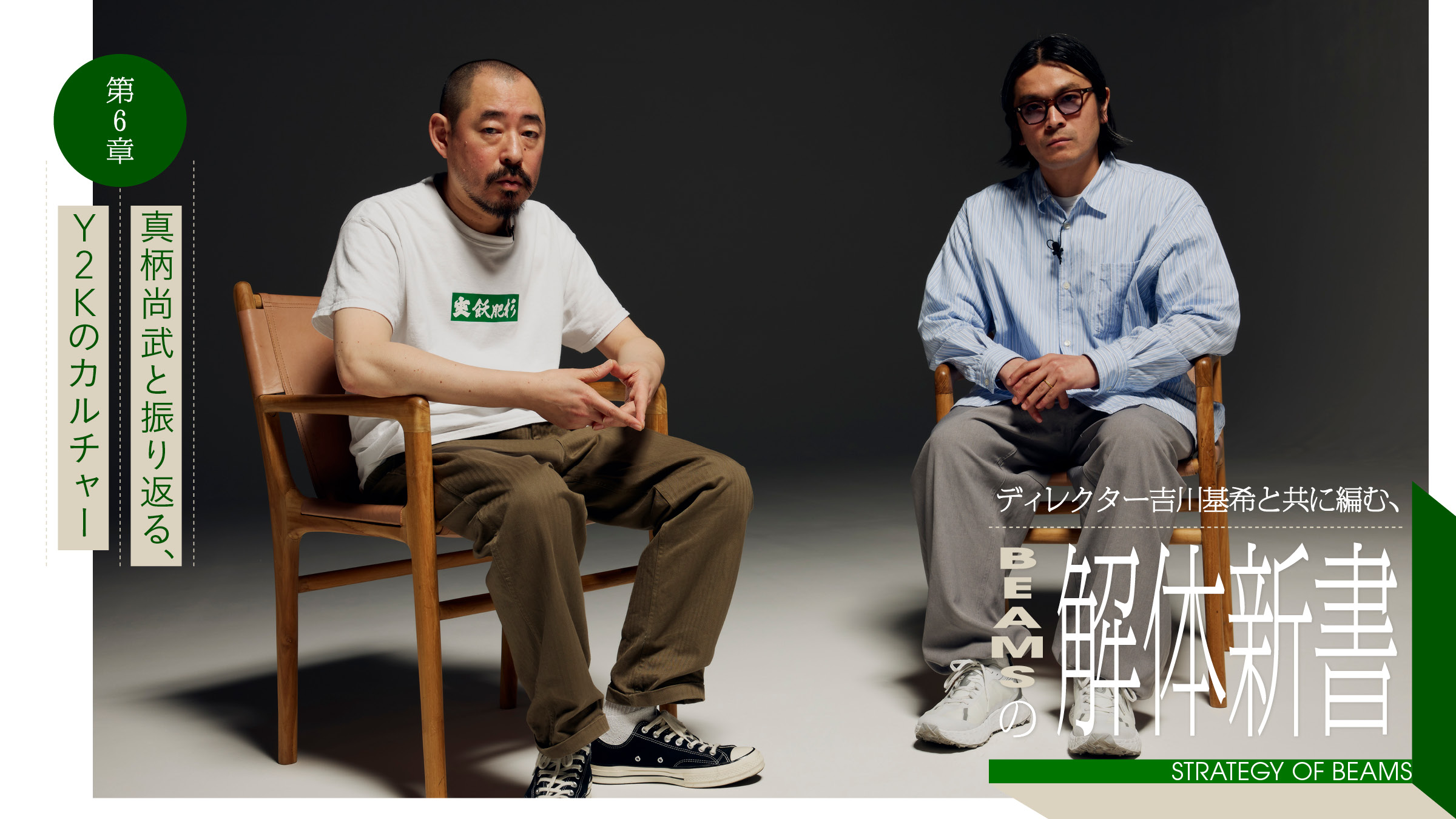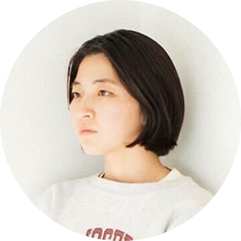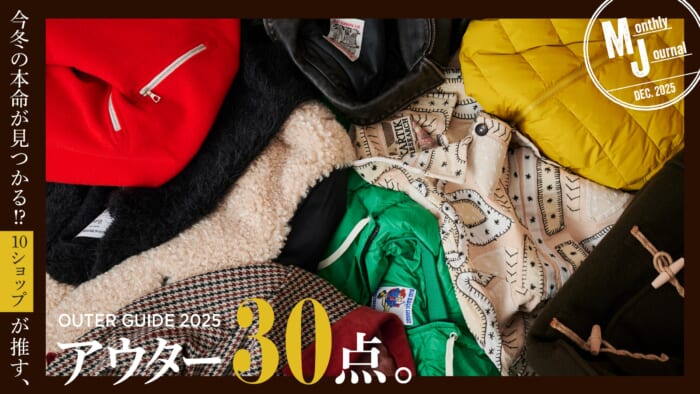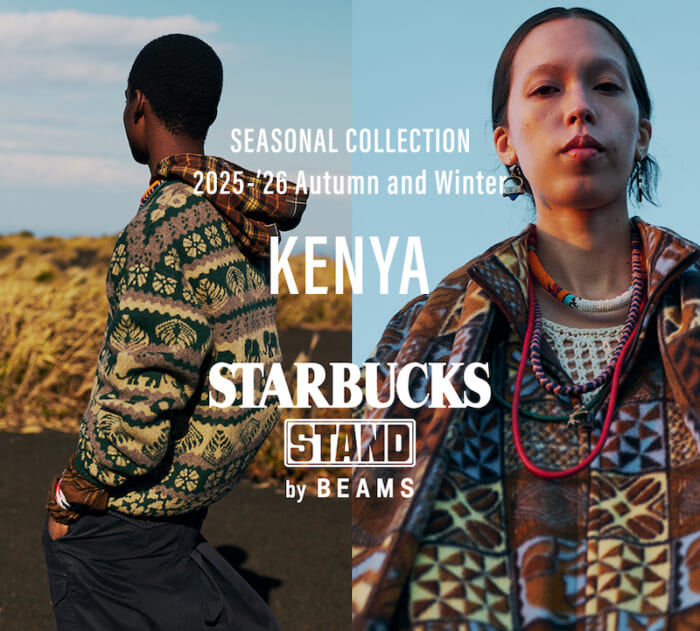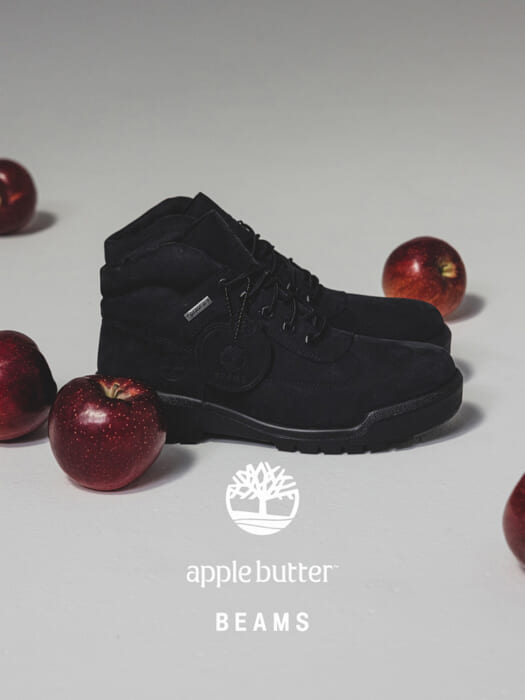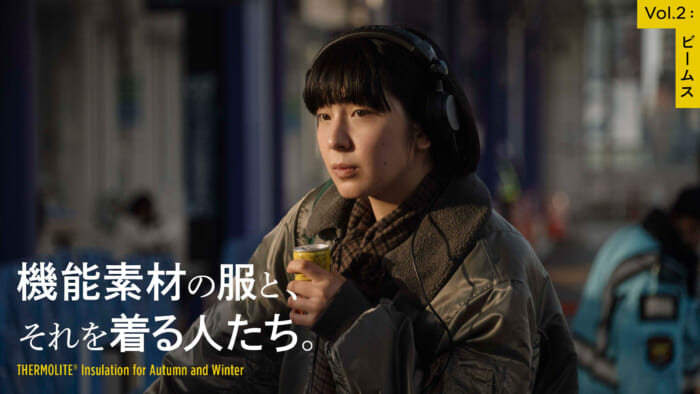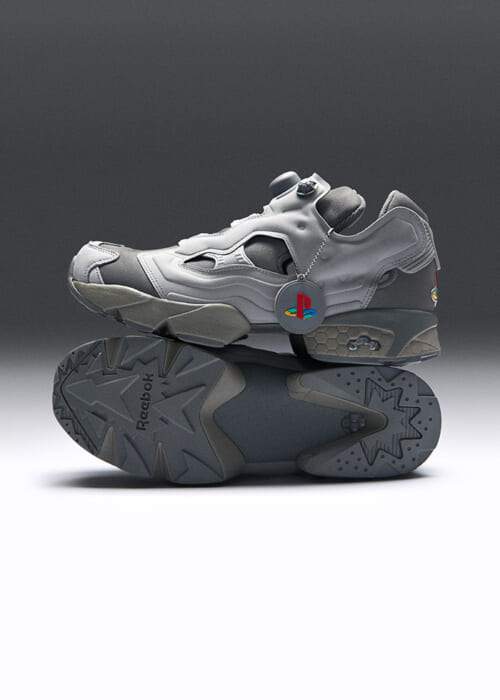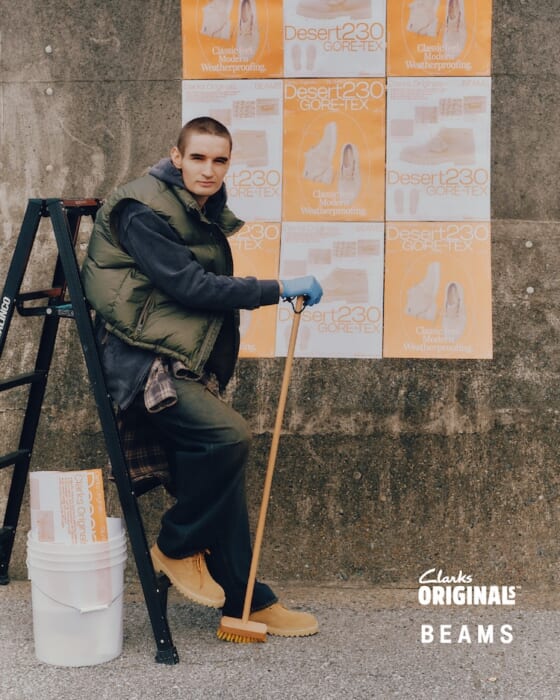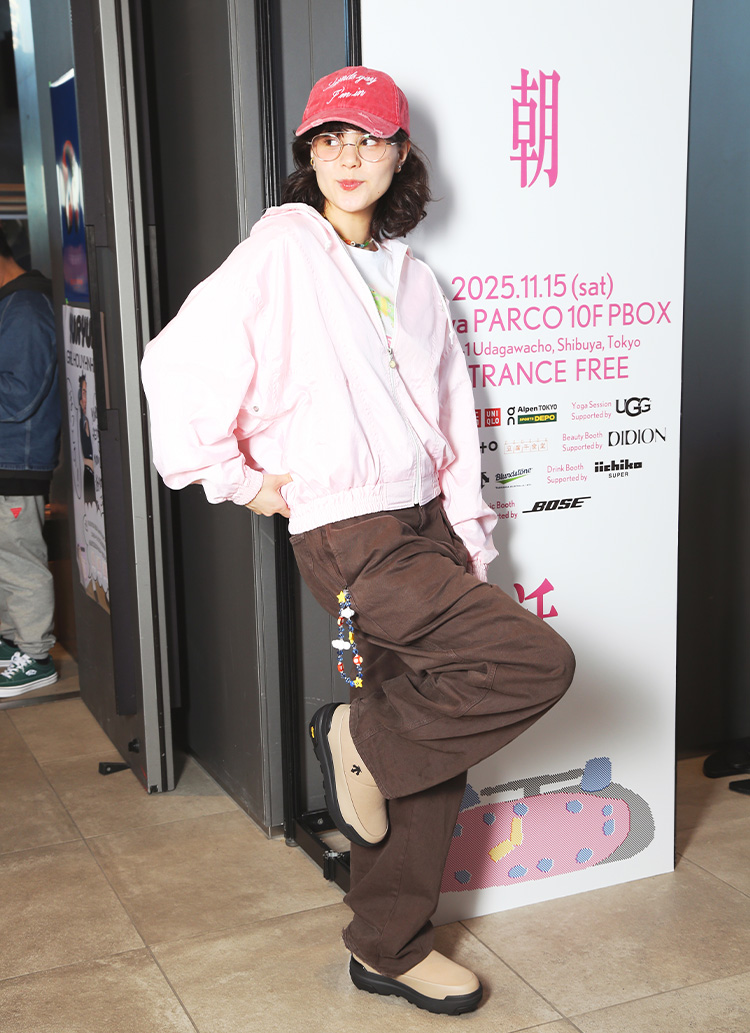It was a time when one had to earn information with one's own feet. Everyone was greedy.

This season's "BEAMS" theme is "Y2K." Can you remember what you two were doing back in the 2000s?
Makara:In the 2000s, there was already "ageHa" by then, wasn't there?
Yoshikawa:There was.
Makara:That's right. The club culture was very exciting, wasn't it? There were 3,000 visitors to "ageHa" in one night, and people from all over the world came to the event.
Yoshikawa:I myself had been in the rock field until then, but it was in the 2000s that I began to immerse myself in digital sounds, such as computerized music. It was a time of great momentum.
Makara:The nightlife crowd was also very passionate about fashion. They would buy clothes and go to clubs. I think there were many people who enjoyed fashion with that kind of motivation.
Yoshikawa:While hip-hop, R&B, techno, house, etc. were being played in clubs, I think the 2000s saw an increase in trance parties. I think that's why the number of people dressed in psychedelic outfits increased on the streets.
I see.

Yoshikawa:It is also linked to the "Y2K" theme that BEAMS has been using for this season, and I think that this futuristic thinking, which is shifting from analog to digital, was evident in the store interiors and fashion as well. Also, the culture of the Urahara area was very hot at that time.
Makara:Yes, it is. There can be a great lineup.
I think the Urahara culture is one of the major turning points in the history of Harajuku.
Makara:I agree. Especially at that time, the Web was just beginning to become commonplace, and you could see many changes in the way things were done before and after that time. Back then, you still had to earn information with your own feet, and everyone was greedy. I think this was reflected in fashion and many other things.
The energy of the people, whether they were shopping or going to the clubs.
Makara:That's right. I think there were resale items at that time as well, but rather than buying them to make money, people came to the store because they wanted to show others that they had lined up in line to get them.
Yoshikawa:Yes, there was that kind of enthusiasm. On the other hand, collection brands were also popular. Hedi Slimane suddenly made the size balance more compact, and skinny pants and short-length jackets became popular. In the streets, there was a mixture of street fashion and the new mode.

Harajuku has changed a lot since the old days, hasn't it? However, I feel that the mood of the city has not changed.
Makara:Nowadays, there are more and more tall buildings. My friends and I sometimes ask each other, "What was here?" I sometimes talk about it with my friends, but I can't remember much. Things must be changing at a dizzying pace, but when I look at the city as a whole, I don't feel that there is anything out of place.
Yoshikawa:When I first came to Tokyo in 1998, the cityscape had changed since then. When I first came to Tokyo, we used to go to Harajuku together after school, visit various stores, and end up eating at a ramen shop called "Basaraka" before going home. The ramen shop was right above the Hectic store.
Looking back, there have been so many changes, but I agree with what you said, that things have changed without any sense of discomfort in accordance with the times.


